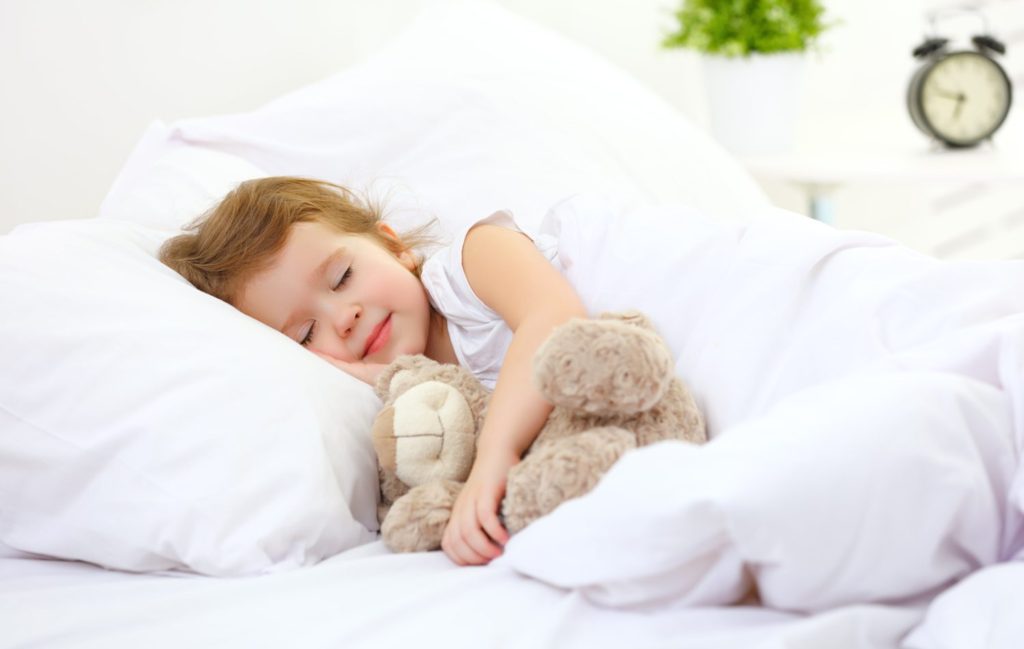Top 3 Sleeping Tips for Children with Autism
The causes of your child’s disruptive night-time sleep can be varied. They may have difficulty completing the bedtime routine or may want a parent present to fall asleep. Perhaps your child does not stay asleep, wets the bed, or rises too early and struggles to stay in their bed until an appropriate wake-up time. At Steinberg Behavior Solutions our experience has shown us the reasons for their fragmented sleep are as diverse as the children themselves. Unfortunately, regardless of the sleep issue, it frequently affects not only them but the quality of sleep for the rest of your family as well. Thankfully there is a considerable amount of research on the various sleep issues children face and the effectiveness of using Applied Behavior Analysis Techniques to solve them.
Self-soothing
Frequently a child’s sleep patterns are unintentionally shaped to their own detriment. For example, part of their bedtime routine might be that you remain in your child’s room until he/she fall asleep. However, this poses a problem when they awake during the night and you are not there to lull them back to sleep. To improve your understanding of why they rise in the night, start by tracking your child’s sleep and awake-times, and record them in a sleep journal. This will provide you with a visual depiction of when your child is awake. Additionally, it may highlight the environmental factors that may be causing the interruption in their sleep. Of particular importance is to note whether your child is waking up from a need or a want. Does your child need a new diaper, a sip of water, or are they, simply wanting your attention? A solution might be teaching your child to self-soothe with a pacifier, music, a comfort blanket or stuffed animal. Encouraging them to fall back asleep independently is critical to maintaining a healthy and consolidated sleep, not only for themselves but for your entire family as well.
The bedroom is for sleeping only
It is a suggestion that is often made to adults when they are having trouble sleeping at night: keep the bedroom reserved strictly for sleeping. The same applies to your child. If they typically use their computer tablet or and play in their bedroom, this may be a reason why it is difficult to get them to go to sleep at night. To your child, their bedroom may be associated with play and energize them as opposed to being a calming environment conducive to sleep.
Consistency is key
The bedtime routine is a perfect example of where consistency and structure are crucial in producing a good night’s sleep. It’s important to avoid any use of electronics or physical activities that may be stimulating for your child, as this will make it difficult for him to fall asleep. Instead, their bedtime routine should be relaxing for them. Additionally, create a schedule with pictures depicting their night-time routine which could include putting on their pajamas, brushing their teeth and going to the bathroom. The schedule might also include rewards, such as reading their favorite book if they follow the bedtime procedures. Often children can benefit from an action-and-reward schedule, which for example might stipulate: first sleep in bed all night then watch your favorite cartoon in the morning. This can be tremendously effective because there is delayed gratification in that the child receives the reward several hours after the action. Yet, it’s important to remember, that it must be clear on your child’s visual schedule when parents will leave the room and when it’s time for them to go to sleep. This is critical to ensuring a smooth and stress-free bedtime routine.
Lastly, if you feel your child’s sleep issues may have a medical explanation make sure to consult your pediatrician first and foremost. Once medical issues have been eliminated, contact your Board Certified Behavior Analyst (BCBA). Together, they will help you create a plan so that your child can develop the skills necessary for a successful night’s sleep.

